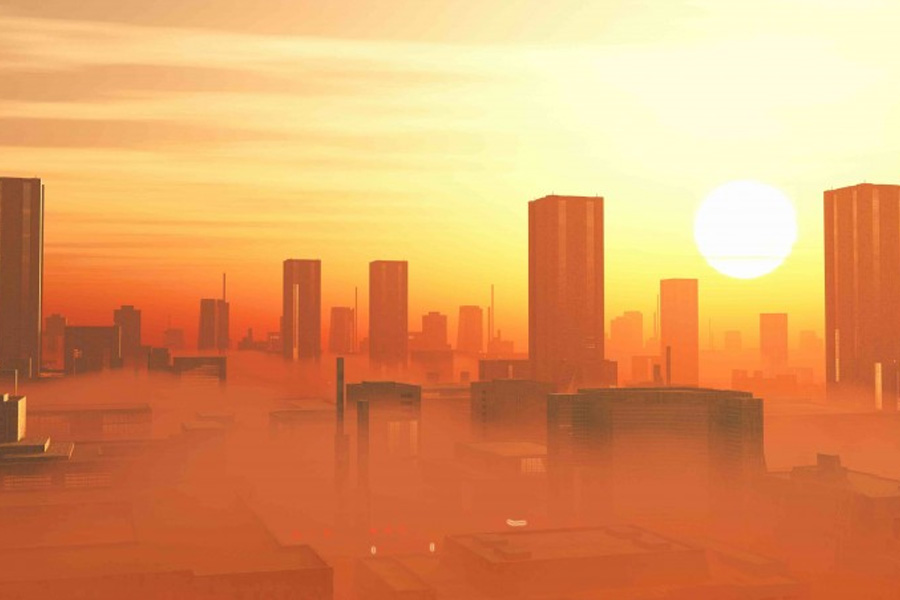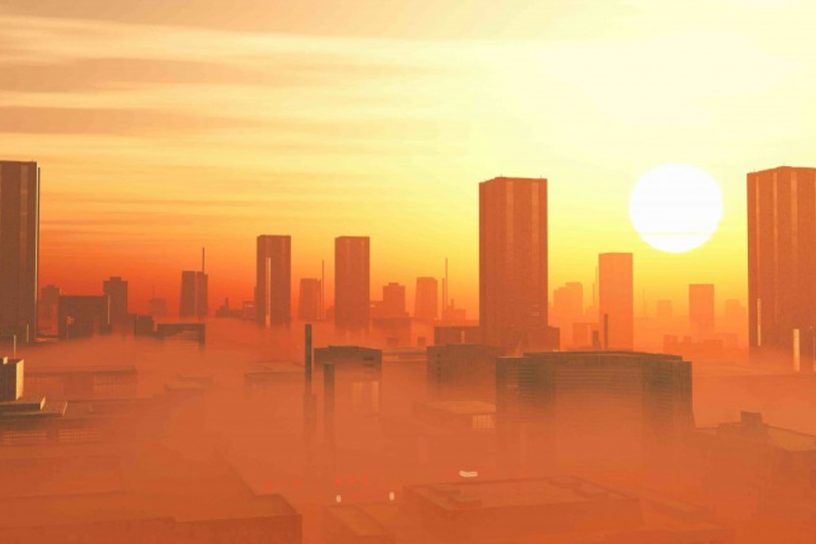
In this paper, four sub-cities in Delhi NCR, India, are classified using local climate zone, and then analysed for thermal performance and compactness.
Authors
Girish Agarwal, Professor, Jindal School of Art & Architecture, O.P. Jindal Global University, Sonipat, Haryana, India.
Bakul Budhiraja, Department of Civil Engineering, Shiv Nadar University, Gautam Buddha Nagar, Uttar Pradesh, India.
Prasad Pathak, Department of Physical and Natural Sciences, Flame University, Lavale, Pune, Maharashtra, India.
Summary
Planning for sustainable cities generally focuses on compact, human-scale cities. The urban paradigms underlying each city produce morphologies which generate a distinctive local urban climate. In this paper, four sub-cities in Delhi NCR, India, are classified using local climate zone (LCZ), and then analysed for thermal performance and compactness.
These sub-cities are broadly classified as a garden city (LCZ 5A), a resettlement colony (LCZ 3), a mixed land-use city (LCZ 5), and an industrial city (LCZ 56). The surface UHI (UHISurf) is estimated using Google Earth Engine with MODIS, canopy layer UHI (UHIUCL) with meteorological data, and density using Spacematrix. The nighttime UHIUCL is 7.52 °C (LCZ 5 and LCZ 5A) and the UHISurf is 5.2 °C (LCZ 5 and LCZ D).
A major apprehension is the residual temperature at sunrise (5–8 °C) leading to high heat stress and detrimental health impacts. The heating and cooling rate, reduced by a factor of three is observed (LCZ 5–0.25 °C/h). The least UHI is experienced by LCZ 5A and the built density is highest in LCZ 3.
The mixed-land use (LCZ 5) city performs poorly, whereas the industrial city (LCZ 56) performs optimally on both thermal and density scales.
Published in: Urban Climate
To read the full article, please click here.


